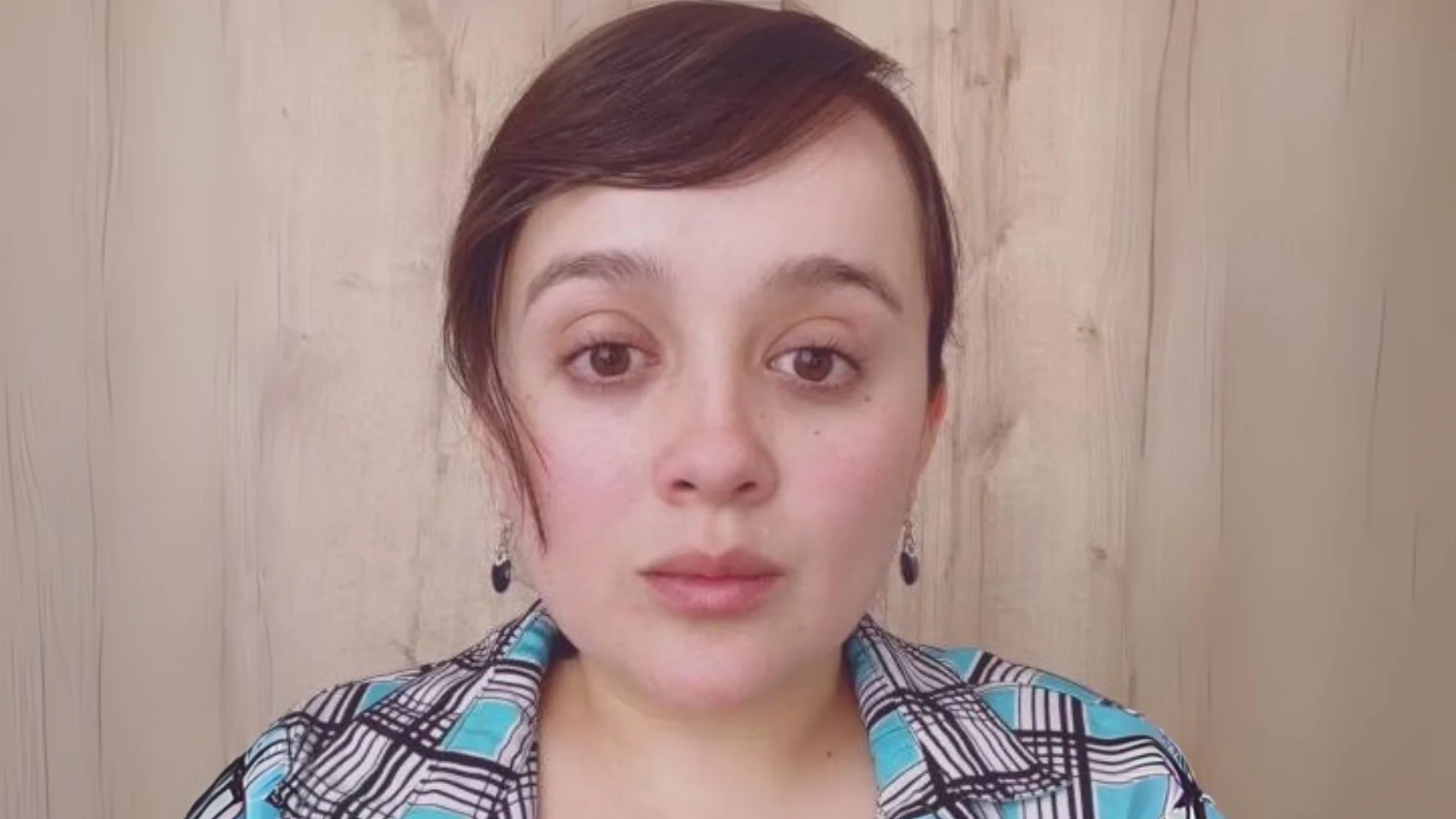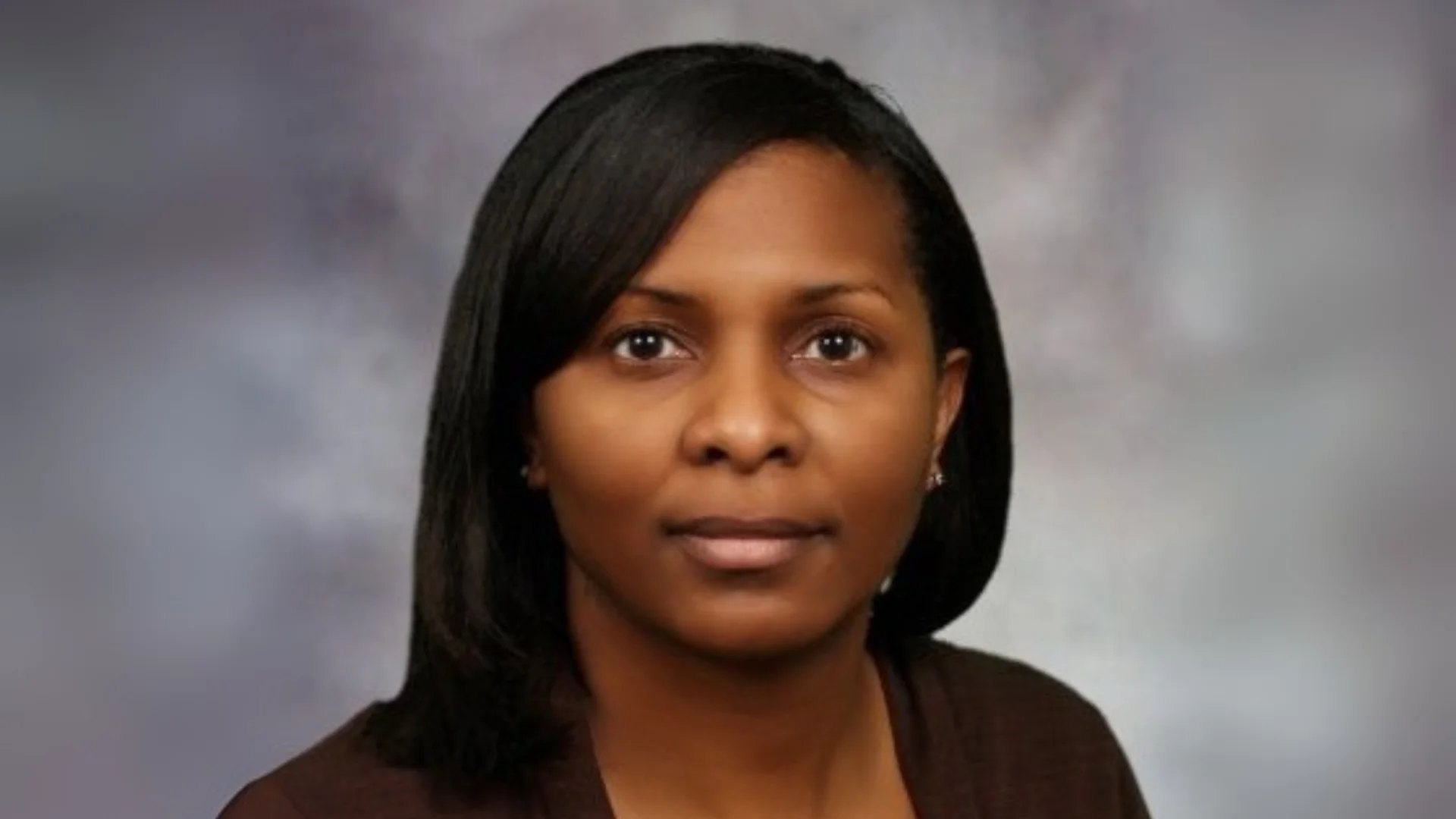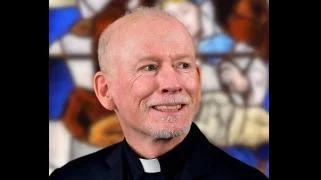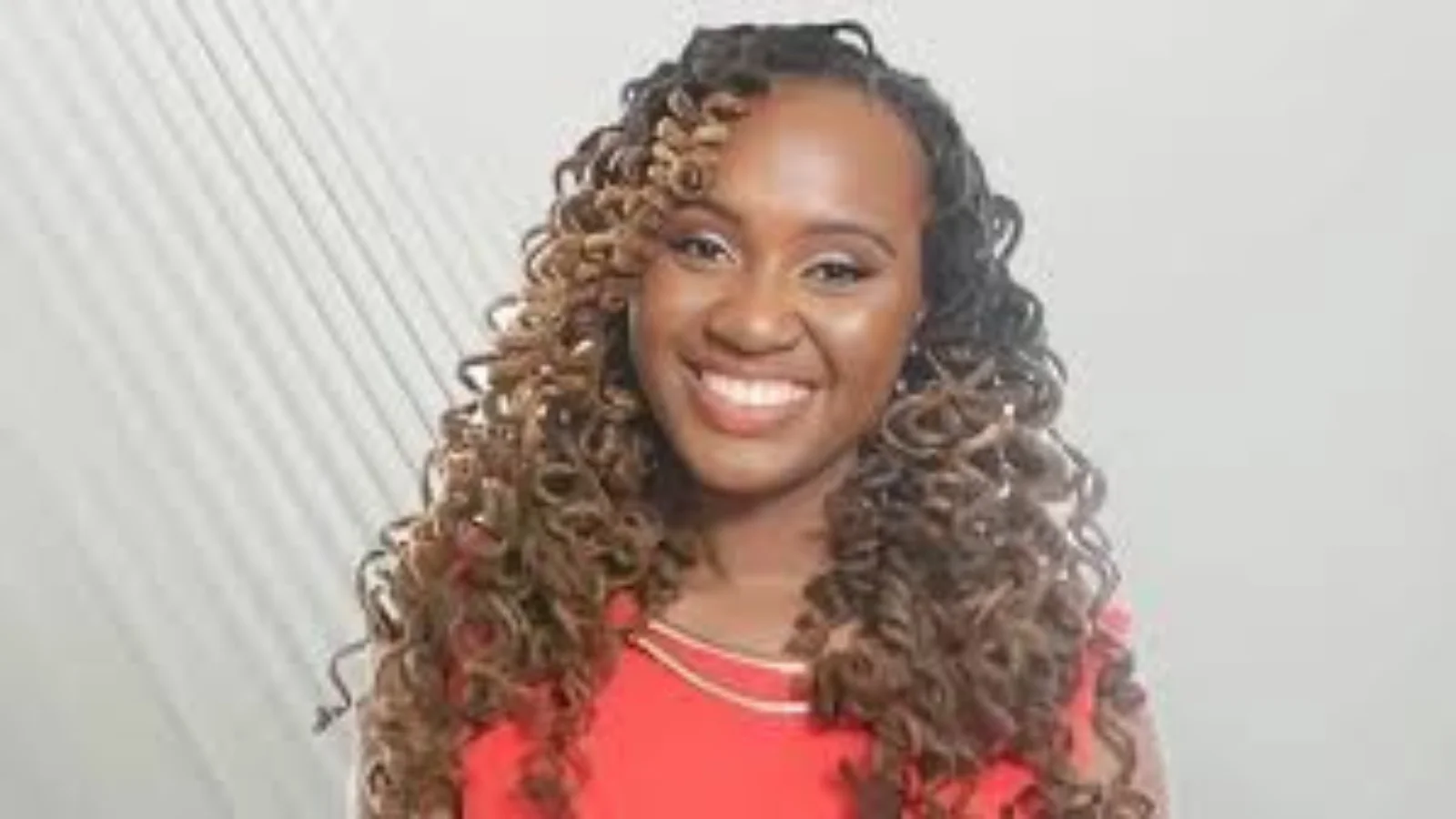
Paula Medina contributor at El Pais in Colombia | Official Website
St. John’s University students participated in a virtual panel discussion with members of the United Nations 2025 Reham Al-Farra Memorial Journalism Fellowship on September 22. The event, moderated by Michael A. Rizzo, Associate Professor and Director of the Journalism program at The Lesley H. and William L. Collins College of Professional Studies, brought together 18 journalists from regions including Africa, the Middle East, Asia, and South America.
The journalists discussed their experiences working in countries where press freedoms are limited and addressed challenges posed by artificial intelligence (AI) to journalistic values. Paula Medina, a contributor to El Pais in Colombia, shared her motivation for entering journalism: “Why did I become a journalist? I care about people, but not many people seem to care about a country like Colombia.” She added, “I thought about what abilities I could bring to inspire an interest in caring for others. Through storytelling, I wanted to show that I cared.”
This roundtable marked the third consecutive year that UN journalism fellows have met with St. John’s students. Professor Rizzo organized the event to demonstrate how modern journalists adapt their work across multiple platforms.
Panelists described contemporary journalism as requiring skills beyond traditional reporting methods. Hellen Shikanda of Nation Media Group in Kenya said, “You have to stay curious and be willing to learn more about emerging platforms. You cannot stick to, say, print journalism only. Experiment in social media or broadcasting. You need to learn something beyond traditional journalism, whether that is about data journalism or AI.”
The fellowship program allows young journalists aged 22 to 35 to report on United Nations events during the General Assembly each fall. Named after Reham Al-Farra—a Jordanian public information officer killed in the 2003 bombing of the UN headquarters in Baghdad—the program has recognized over 670 journalists from 168 countries since its inception in 1981.
Panelists also addressed misinformation spread through social media by individuals without professional training. Sofiane Alsaar from Yemen and working for Agence France-Presse in Riyadh stated: “We live in a post-truth world, it seems. We see political leaders and others spreading fake news or dealing with the truth in a different way. We need to find new ways to engage with the audience, do more fact checking, and be pedagogical about our method of researching.”
Concerns were raised regarding AI’s potential role in amplifying disinformation through deepfake content and undermining journalistic skills due to reliance on automated tools and algorithmic biases. Innocent Kiiza of Rwenzori Dailyin Uganda commented: “So-called fake news moves the standard for the actual news. It is hard for the public to automatically trust the journalist. When influencers have more social media followers than the large, established media companies, news that comes from AI can spread faster than actual news.”
For aspiring journalists at St. John’s University and elsewhere, Dilara Hamit from Anadolu Ajansi advised: “Know your audience. Who are you talking to, and who are you marketing your story to? When we realized that not many people read full stories anymore, we decided to do more Instagram and TikTok stories,” she said. “Otherwise, I would say it is trial and error. Try, and if you fail, keep trying.”





 Alerts Sign-up
Alerts Sign-up